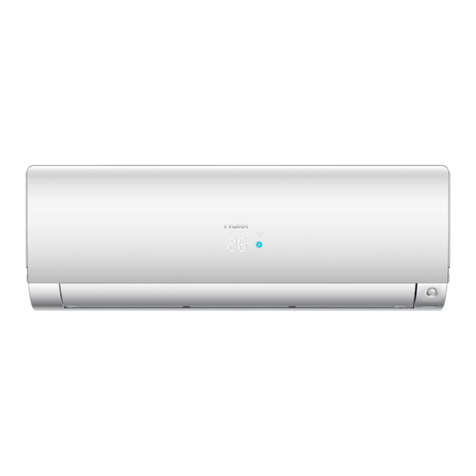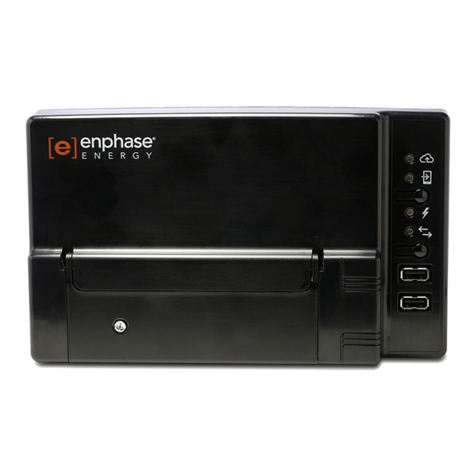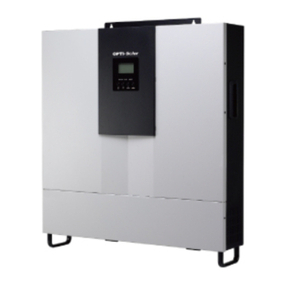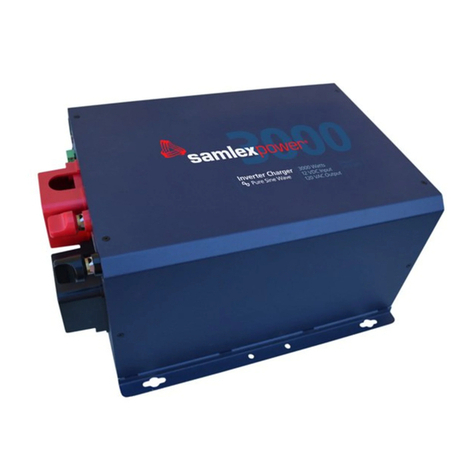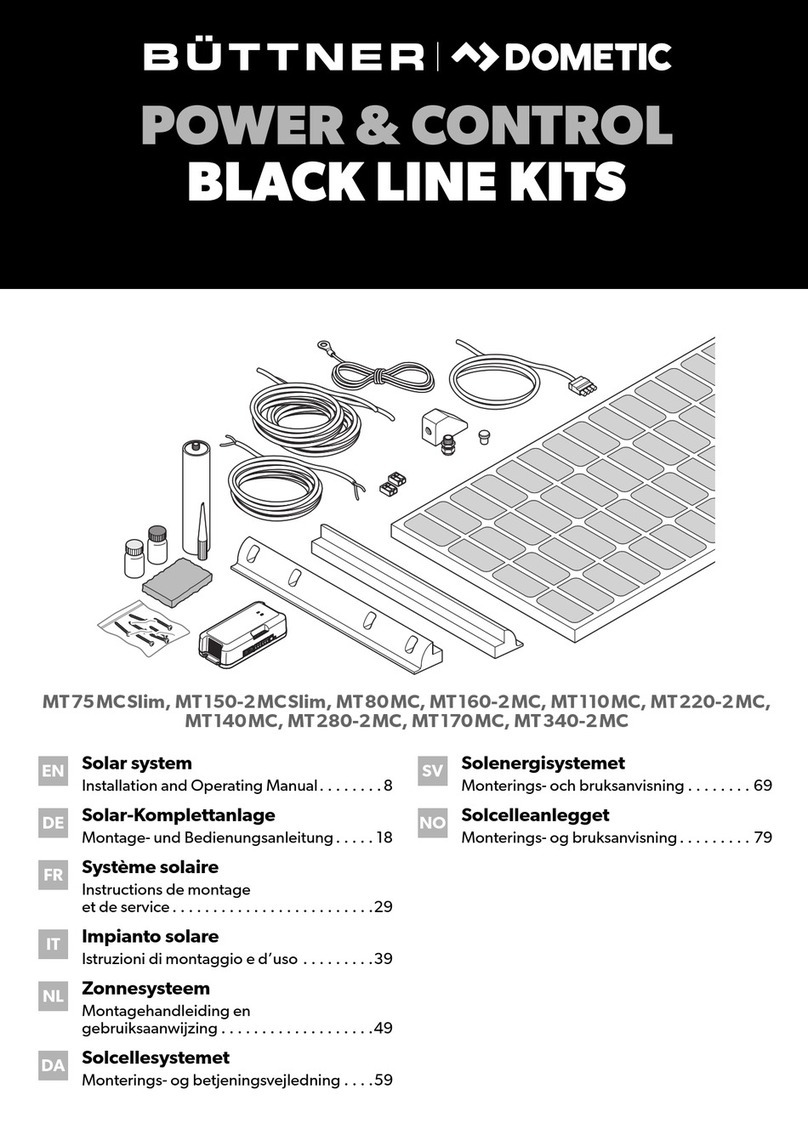GNB ENERGYSTORE Series Installation and operating instructions

Installation, Operation and Maintenance
ENERGYSTORE SOLAR
Remote Area Power Systems
ENERGYSTORE
Australia: 1300 365 959 New Zealand: 09 257 2883

ENERGYSTORE SOLAR
Safety Instructions
Carefully read this manual in all its parts upon receipt of ENERGYSTORE SOLAR Batteries.
Lead-acid Solar Batteries are components of a system and although they are maintenance free, they require suitable
precautions and behavioural norms to guarantee safe working conditions and to ensure maximum performance of the battery
during its entire life. The Installation, Operation and Maintenance instruction manual supplies the necessary instructions for
the correct care, handling, installation, use and maintenance of ENERYGYSTORE ESPV Solar Batteries.
The non compliance with the instructions given herein may cause injury to personnel and damage to equipment as well as
poor operation and performance of the battery. Any repairs made without authorisation, for example, opening the valves, may
render the warranty void.
Store this manual in close proximity to the batteries at all times and ensure it is accessible to the relevant personnel.
No naked ames Corrosive Wear safety goggles Read instructions
Keep away from children Explosive Caution Electric shock risk
First aid /
medical assistance
Observe the following precautions at all times
Observe the operating instructions - work on the battery should be carried out by qualied personnel only.
Exposed metal parts of the battery carry a voltage and are electrically live with the risk of short circuits.
Avoid any electrostatic charge; before starting work on the battery, rst discharge any possible electricity from yourself by
touching an earth-connected part; repeat this action occasionally until work is complete.
Use protective equipment, such as protective clothing, rubber gloves and goggles.
Use insulated tools.
DO NOT place or drop metal objects on top of the battery.
DO NOT wear rings or bracelets.
Remove any articles of clothing with metal parts that might come into contact with the battery terminals.
DO NOT smoke and DO NOT use open ames or create electric sparks.
Observe the accident prevention rules along side EN50272-2 and EN50110-1.

Take all precaution when using the main supply.
Make sure that the rst aid kits and re extinguishers are easily accessible.
Used batteries contain recyclable materials. They must not be disposed with household waste but as a special waste. Methods
of return and recycling must conform to the regulations in operation at the site where battery is located. If in doubt please
contact ENERGYSTORE.
Pb
Unpack the batteries as soon as they are delivered. Verify that the equipment has been delivered in good condition.
Any damage must be reported immediately to the carrier and the damaged items retained for inspection by the carrier’s
representative.
The details on the label should be read carefully and the following points to be observed:
Cel l Ty pe
Cell Voltage
Capacity
Float charge voltage
Operating Temperature
If the battery cannot be immediately installed, store it in a dry, cool and clean place.
Do not expose the battery to direct sunlight, to avoid any damage to containers and lids.
IMPORTANT NOTE Storage time for charged cells is limited. Please see the self discharge rates at various temperatures
below:
During the storage time, the open circuit voltage (OCV) must periodically be checked.
Cells with OCV below 2.07 Vpc must be recharged providing constant voltage of 2.35 Vpc with current limitation of 0.15 C10
(A), for 24 hours.
The OCV of a fully charged battery should result between 2.12-2.15 Vpc.
Failure to observe the above conditions may result in a greatly reduced capacity and service life or in permanent damage to
the cells.
1. Delivery, unpacking and storage
CAPACITY
MONTHS

Battery Room
WA R N I NG
The cells are already charged when delivered and should be unpacked with care. Avoid short circuiting terminals of opposite
polar ity.
Before installing the cells, clean all parts. Remove the short circuit ABS protectors from the terminal posts and clean them
with a soft clean cloth.
Before replacing old batteries ensure all electrical loads are switched off.
Please refer to the latest edition of the battery room standards, effective at the moment of the installation of the battery.
NORM REF. EN 50272-2
Check that local regulations are also being complied with.
Battery Room - Points to Consider
Ensure the oor is structurally capable of carrying the battery load.
The oor should be resistant to Electrolyte (diluted sulphuric acid).
There should be no ignitable sources near to the cells.
Ensure there are no unauthorised access points to the battery room.
All rooms should have the correct re ghting equipment tted in case of emergency.
Vertical Installation ONLY
WA R N I NG
Never lift cells by the terminal posts. Always use appropriated devices (such as lifting straps and suitable mechanical lifting
devices) to prevent personal injury or damage to the cells.
Place the cells on the rack (or cabinet) and make sure that the spacing allows for the accommodation of a 10mm gap between
cells. Most batteries have cells connected in a simple series arrangement, so the cells should be arranged to preserve the
sequence: positive (+), negative (-), positive (+), negative (-) throughout the whole battery.
For batteries to be installed on multiple tiers, start by placing the cells on the lower tier on either side of the frame where the
stand sections meet. Any unused stand spaces should be on the upper tier.
For batteries on stepped racks, leave any unused space on the back (top) step.
Where multiple racks are arranged end-to-end, adjust the position of the adjacent end cells to accommodate the exible inter-
rack connectors supplied.
Take particular care to preserve the positive to negative sequence when using exible inter-tier, inter-step or inter-rack
connectors between rows of cells. Leave the main positive and negative terminals of the battery free for connection to the
charging source.
Check cell alignment
Fit the inter-cell and inter-tier connectors using approved, insulated bolts and nuts. Ensure all bolts, connectors and cell
terminals are free from dust or debris before connecting.
Use insulated wrenches to tighten the parts rmly together, with torque setting of 23 Nm.
Pay special attention to avoid short-circuiting the cells with any of the battery hardware.
2. Installation

Check tightness and cleanliness
When all cells have been connected up check the terminal voltage, this should equal to the sum of all the individual cell
voltages. If the total voltage is different to the calculated gure, some cells may have been installed correctly.
Connect the positive terminal of the battery to the positive terminal of the charger and the battery negative to the charger
negative.
Number the cells by using a set of numbering stickers. It is common practice to number the cells beginning with #1 at the
positive end of the battery and following the sequence of electrical connection of the cells, through to the negative end of the
batter y.
If the total voltage is different to the calculated gure, some cells may have been installed correctly.
Batteries lose charge while in transit or during storage. For this reason, a refresh charge should be given before putting the
battery into service.
Recommended charge settings, at the ambient temperature range of 20 °C to 25 °C, are as follows:
12 hours at constant voltage of 2.35 Vpc at 20°C
{Current limitation 0.15 C10 Amps}
Temperature compensation;
0°C 2,45 Vpc
10°C 2,40 Vpc
20°C 2,35 Vpc
30°C 2,32 Vpc
35°C 2,30 Vpc
Once put into service, ENERGYSTORE ESPV VRLA Solar Batteries should be charged as follows:
(a) Float Charge
To maintain the battery in fully charged condition during normal battery operation or, after a discharge, to recover 90% of
nominal capacity within 20 hours, a recommended oat charge has to be applied.
Recommended oat voltage settings are as follows:
Constant voltage 2.25 Vpc at 20°C ±1%
{Current limitation 0.2 C10 Amps}
With the method described above, the effecting charging current is limited to very low values; such current increases as a
function of temperature and age of the battery.
3. Commissioning

(b) Equalizing / Boost charge 2.35 – 2.4V
Chargers usually have two adjustable charging voltages: one for the “oating” charge and one for the “equalizing” charge
(also known as “boost”, “high rate” or “recharge”).
The equalizing charge is generally required:
When the total voltage spread between cells is greater than 0.04V under oat charging conditions.
After exhaustive discharges.
For fast recharging after a discharge.
When charging cells in standby applications with frequent power outages.
For oat charge using voltages below 2.23 Vpc.
Boost charge voltage is 2.35 – 2.4V per cells for a maximum duration of 48 hours. It can be turned off earlier though if the
current has decreased to a value lower than 0.05*C10.
Temperature should not exceed 40°C.
(c) Photovoltaic application
Maximum voltage should be 2.40V per cell for a maximum of 5 hours before charging is turned off or the battery is switched
to oat charge mode.
(d) Hybrid application
Maximum voltage should be 2.35V per cell with a maximum charge current of 0.5*C10.
When short charging times are used then equalisation charges are required at frequent intervals, preferably for 24hrs at 2.35V
every month.
(e) Charging current in general should not exceed 30A/100Ah
Discharging too much capacity from the battery will lead to early failure so the user must ensure that measures are in place to
prevent this. The recommended low voltage disconnect settings are mentioned below:
Back up time (h) U(V) per cell
0,5-1,5 1,70
1,5-3 1,75
>3-24 1,80
24-240 1,85
The battery is designed to perform optimally at temperatures between 15-30°C. At lower temperatures the battery capacity is
lower and at elevated temperatures the life is reduced. Short periods outside of these temperatures will not have a detrimental
effect on the battery.
4. Discharge Low Voltage Disconnect
5. Operating Temperature

ENERGYSTORE ESPV are sealed, maintenance-free, lead-acid batteries and need no water addition.
The containers and lids must be kept dry and free from dust.
Cleaning must be done only with a damp cotton cloth.
Avoid static discharges generated during cleaning.
Every 6 months
Check for any evidence of damage to the battery and equipment.
Check and record the total battery oating voltage, the voltage on pilot cells* and temperature.
Once a year
Check and record individual cell voltages.
Perform a discharge test according to IEC 60896-21 Standards until the battery shows signs of degradation and every six
months thereafter.
Keep a log book to record all maintenance and inspection operations, which will be helpful to monitor long-term changes of
the battery condition.
Do not attempt to open the safety valve. Opening could cause damage to the battery.
*Pilot Cell
For regular monitoring of the battery condition, select one cell near the middle of the battery string as a “pilot” cell (for
batteries consisting of more than 60 cells, it is advisable to select one pilot cell out of 60).
Cells must be transported in an upright position. Batteries without any visible damage are not dened as dangerous goods.
6. Battery Maintenance
7. Transport
Ref Temp
Ue (100%) / VPC
Cell Type
20°C
1.80
C10
20°C
1.80
C24
20°C
1.80
C48
20°C
1.80
C72
20°C
1.85
C100
20°C
1.85
C120
20°C
1.85
C240
214
270
316
391
468
543
670
895
1115
1340
1516
2027
2558
2813
3069
3325
244
308
360
450
538
624
718
958
1215
1462
1713
2270
2865
3151
3437
3791
255
321
376
454
543
630
773
1027
1282
1541
1895
2453
3095
3404
3713
4023
270
340
398
485
580
673
842
1131
1380
1660
1986
2574
3249
3573
3898
4223
266
336
394
487
583
676
830
1110
1380
1660
1904
2529
3192
3511
3830
4149
274
345
405
500
599
695
852
1140
1428
1716
1940
2595
3274
3601
3928
4255
282
355
417
515
617
716
888
1176
1464
1776
1998
2673
3372
3709
4046
4383
ESPV-280SOLAR
ESPV-350SOLAR
ESPV-400SOLAR
ESPV-500SOLAR
ESPV-600SOLAR
ESPV-700SOLAR
ESPV-900SOLAR
ESPV-1200SOLAR
ESPV-1500SOLAR
ESPV-1800SOLAR
ESPV-2000SOLAR
ESPV-2600SOLAR
ESPV-3300SOLAR
ESPV-3950SOLAR
4
5
6
5
6
7
6
8
10
12
12
16
20
24
ESPV-3600SOLAR22
ESPV-4250SOLAR26
CAPACITIES C10-C240

Notes
This manual suits for next models
1
Table of contents
Popular Inverter manuals by other brands
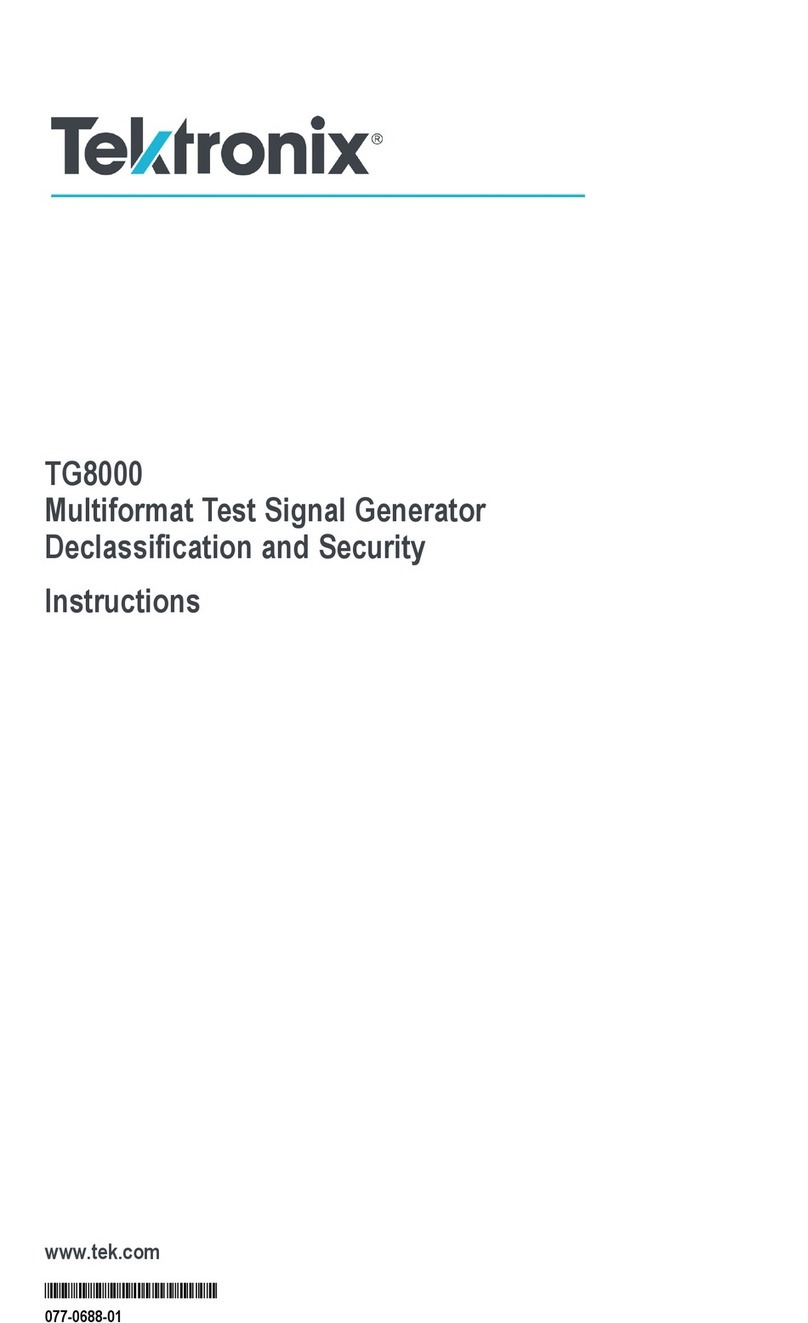
Tektronix
Tektronix TG8000 Declassification and security instructions
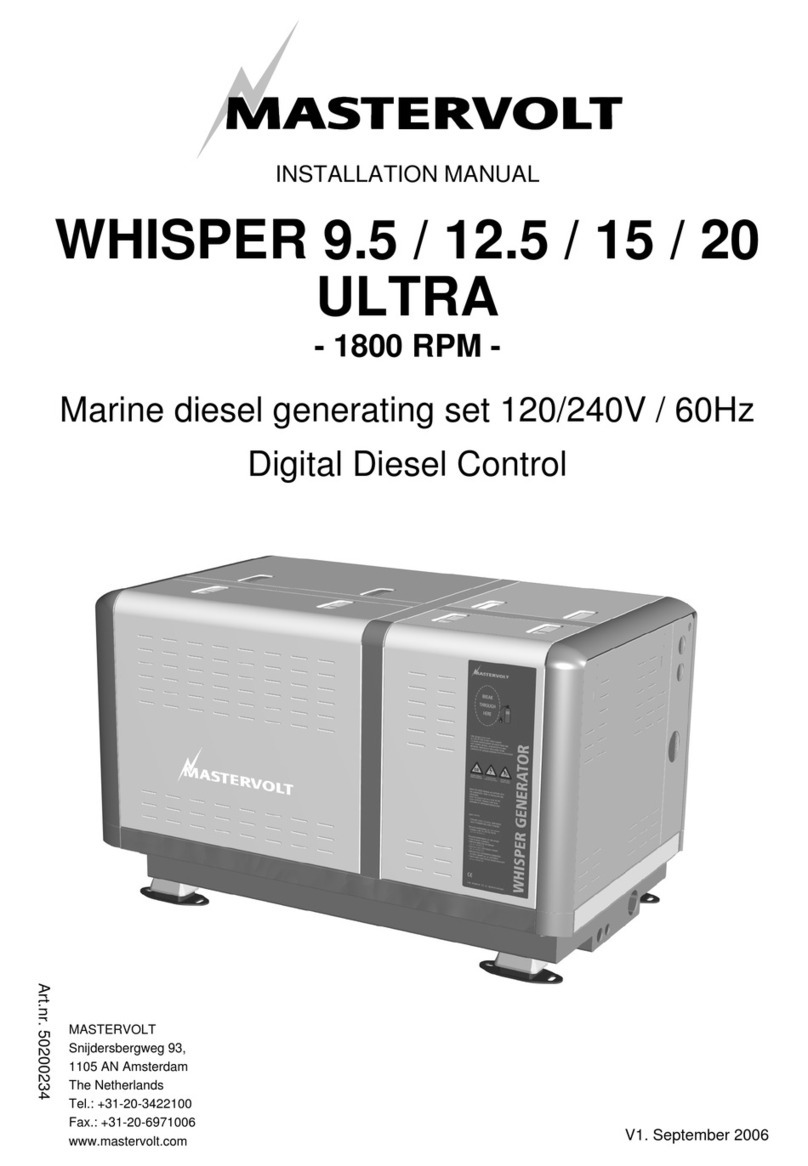
Mastervolt
Mastervolt WHISPER 9.5 ULTRA installation manual
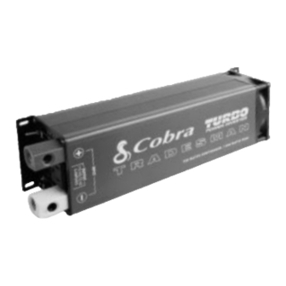
Cobra
Cobra ROAD WARRIOR operating instructions
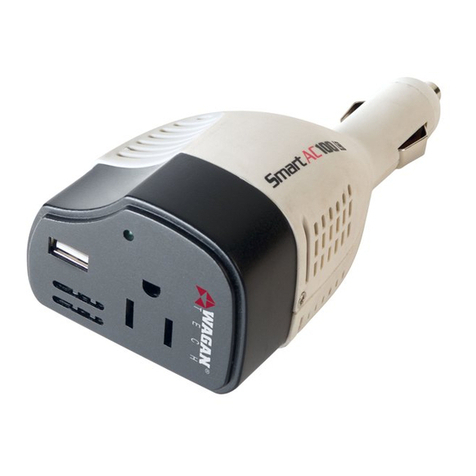
Wagan
Wagan Smart AC 100 USB user manual
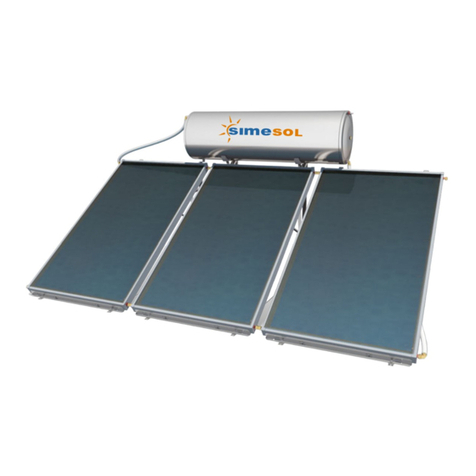
Sime
Sime NATURAL 300/8.16 S Installation and servicing instruction
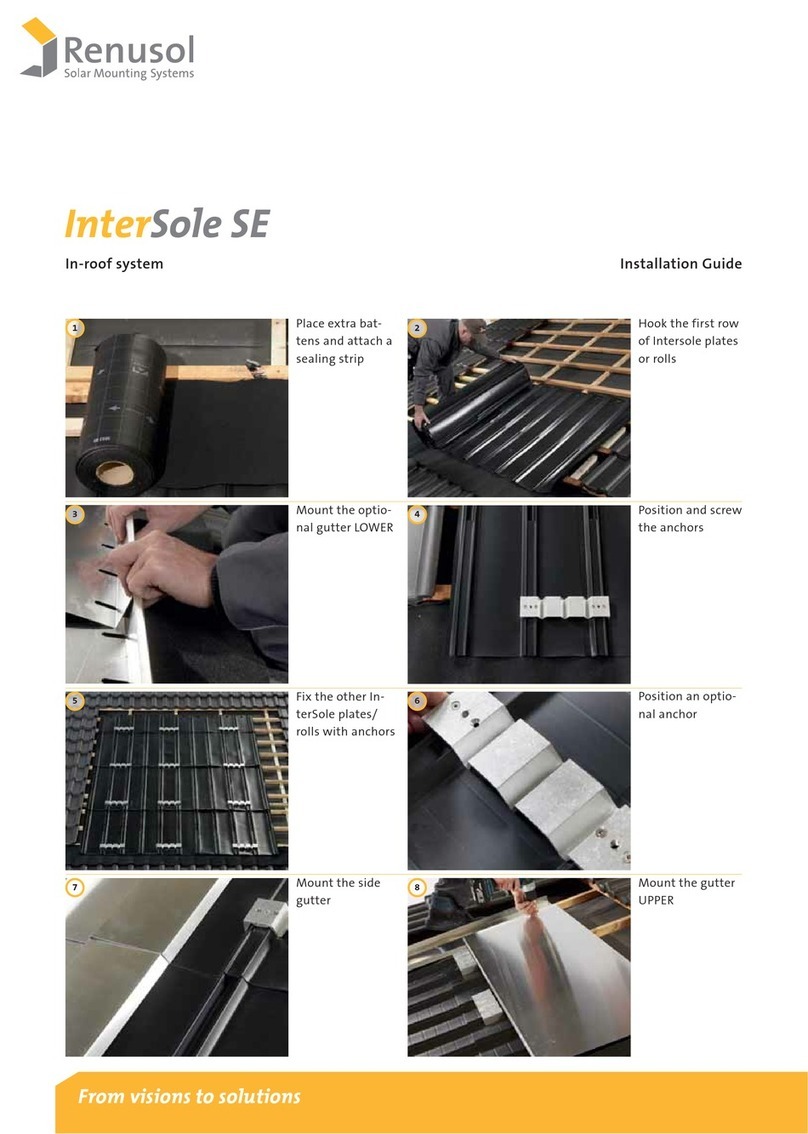
Renusol
Renusol InterSole SE installation guide



